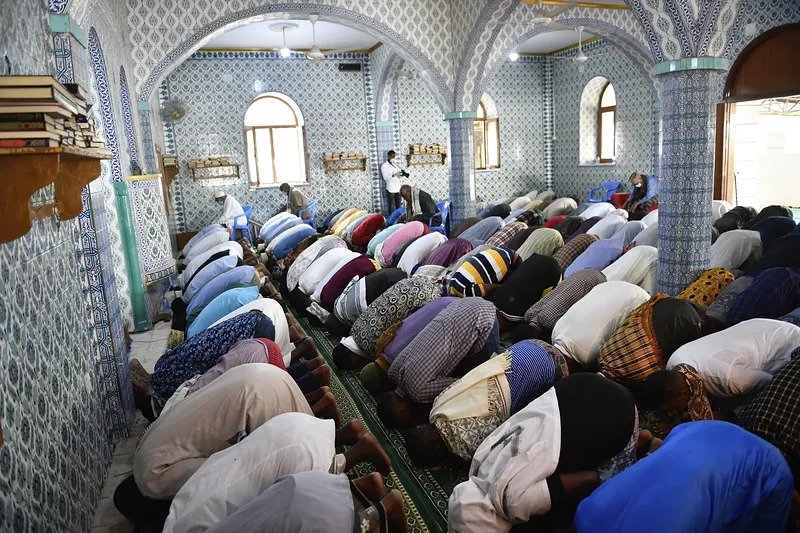Presidential Proclamation No. 201 has declared that Friday, April 21, 2023, will be a national holiday “to allow the entire Filipino nation to join their Muslim brothers and sisters in peace and harmony in the observance and celebration of Eid’l Fitr.” This decision was made based on the recommendation of the National Commission on Muslim Filipinos in observance of Eid’l Fitr (the Feast of Ramadan).
Eid’l Fitr marks the end of Ramadan, which is the ninth month in the Muslim calendar and is a holy period of fasting. Muslims religiously fast during Ramadan, considering the time spent as an opportunity to introspect and reflect on oneself, accompanied by prayers in the mosque and readings from the Quran. It is a traditional gathering celebrated by groups of families in order to give thanks to Allah, who Muslims consider to be the Islamic universal God and provider of the universe.
Eid’l-Fitr is also known as the “Festival of Breaking Fast” reflecting the idea that during Ramadan Muslims are supposed to fast from sunrise to sunset. Devotees celebrate the festival through bonding with their friends and family and doing activities that symbolize the festival itself. In other South Asian countries such as Pakistan and India, Eid also involves gift-giving such as money to children. Other traditions in this period include starting the day with a special morning prayer in the congregation and a warm embrace once the prayer ends regardless of whether those you are with are strangers or not.
This year, Ramadan began on March 23, 2023, according to the instructions from the Islamic advisory council of Bangsamoro Autonomous region in Muslim Mindanao which said that “Eid al Fitr 2023 is expected to be celebrated on Friday, April 21, 2023. This is the tentative date as the actual date of commencement of Ramadan is subject to the sighting of the moon.”
Republic Act No. 9177 passed as a law in November 2002 in the Philippines indicates that “the approximate date of these Islamic holidays may be determined in accordance with the Islamic calendar (Hijra) or the lunar calendar, or upon Islamic astronomical calculations, whichever is possible or convenient.” The dates concerning the beginning and end of Ramadan are largely based on the appearance of the crescent moon.
According to The Summit Express, 6 percent of the population in the Philippines are Muslims, with the majority of its population located on the island group of Mindanao.






